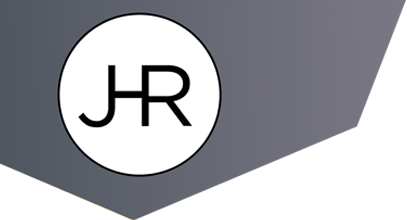 In today’s world of social media domination emojis have changed the way we communicate and express ourselves.
In today’s world of social media domination emojis have changed the way we communicate and express ourselves.
Bad day? Poop emoji. Celebrating something? Spanish dancing girl. Want to show your love? Heart or kissy face emoji. No words necessary.
Even though emojis are free and easy to use on your mobile device or on online platforms like Facebook or Twitter, you’ll need to take caution if you want to use an emoji for a commercial purpose, such as in your company’s advertising or if you want to sell a product made in the likeness of an emoji.
Emojis are Protected by Copyright
All graphic works like emojis are protected by copyright. Technically, however, emojis are Unicode characters, which ensures that text on computer systems around the world look similar across all machines and platforms. For example, if you send a fire emoji on one mobile device, it should look almost identical on the recipient’s mobile phone.
This means that emojis are actually similar to fonts and typeface that are copyrighted and licensed by the major tech companies who offer use of their emojis. Apple, for example, must buy, license, or create the fonts that are used on their platforms, which includes their emojis. So that means you can’t use Apple’s version of an emoji without getting permission from Apple’s legal department. Likewise, Samsung would have their own copyright and licensing requirements, as would Facebook and so forth.
Simply, if an entrepreneur or business owner wants to use an emoji as part of their company’s logo, marketing campaigns, or if they seek to reproduce the emoji on a T-shirt, a coffee cup, or any other product, they best get the owner’s permission.
What If I Create My Own Emoji?
You can create your own emojis to use on your products, but they must be substantially different from those that have already been copyrighted by another company or on another platform. If you want to use the crying, sad-face emoji, it might not be enough to make the color of the face orange instead of the yellow. Your version needs to be unique enough so that it’s not a copy of an emoji that’s already in use.
If you’re not a graphic designer but still want to use emojis in your commercial endeavors or as part of your marketing, there are ways that you can obtain emoji designs in a way that won’t get you in trouble. You can, for example, license a stock photo of an emoji on sites like Fotolia. You could also utilize an emoji set like EmojiOne that offers a variety of free and paid license terms in order to access popular emojis to use in your commercial products.
Interestingly, the social networking site Twitter decided in 2014 to put their emojis out there as open source images. That means you can access and use the emojis in their “Twemoji” library without restriction by simply including the licensing information.
When in Doubt, Talk to an Intellectual Property Attorney
In 2018, Apple began cracking down on the way its emoji designs were being used in third-party apps. As emojis continue to grow in popularity it’s likely that Apple, Samsung, Facebook and other tech giants will continue to assert their copyrights and go after unauthorized users. If you don’t want to wind up on the other side of a copyright infringement suit, we’d advise you to talk to an intellectual property attorney before you use an emoji for any commercial purpose. Even if you decide to design your own emojis, have your attorney look over your art to ensure that it’s not significantly similar to what’s already out there so that you are not exposed to trouble down the road.
If you have questions about emoji use or you’d like to have a current project or product reviewed, we invite you to contact our copyright attorneys at 888-666-0062to schedule a consultation.
DISCLAIMER: The information contained in this article is for informational purposes only and is not legal advice or a substitute for obtaining legal advice from an attorney.
Law Office of Jason H. Rosenblum, PLLC
Intellectually Protecting Your Property ®





